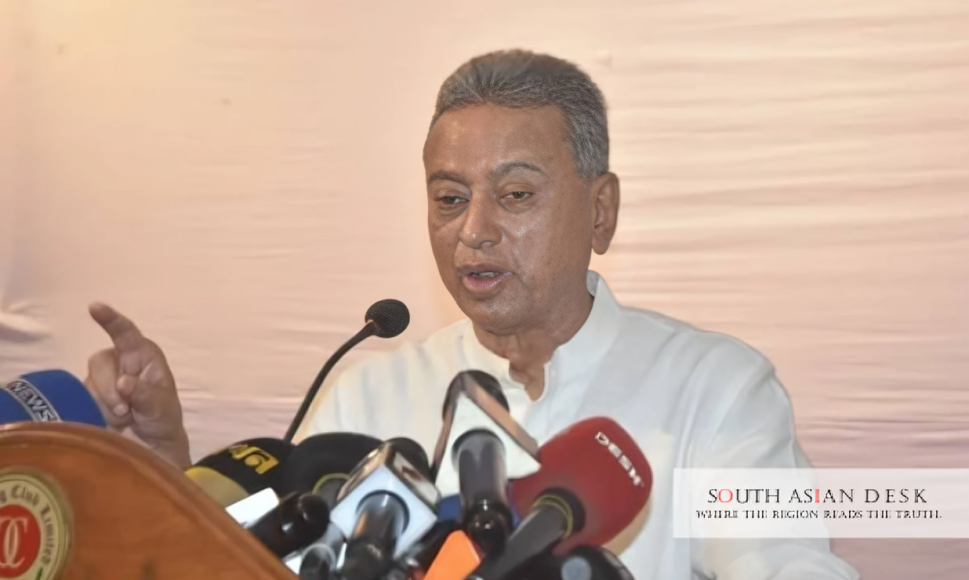Mumbai, October 21, 2025 – The Indian economy resilient global challenges RBI states in its October bulletin, projecting 6.8% growth for FY 2025-26 despite uncertainties from trade tensions and weak external demand.
The story underscores India’s ability to sustain growth through robust domestic drivers, offering stability in a volatile South Asian region where neighbours face similar global headwinds but lack comparable structural reforms.
RBI Report Indian Economy 2025: Key Projections
The RBI report Indian economy 2025 raises the GDP growth forecast to 6.8% for the fiscal year 2025-26, up from earlier estimates. This adjustment reflects strong Q1 performance at 7.8%, led by manufacturing revival and services expansion.
Quarterly breakdowns show Q2 at 7.0%, Q3 at 6.4% and Q4 at 6.2%. For FY 2026-27 the projection stands at 6.6% assuming normal monsoon conditions.
Inflation trends support this optimism. Headline CPI inflation fell to a seven-month low of 3.6% in February 2025 due to food price corrections. It moderated further in September to its lowest since June 2017. However the RBI notes high-frequency data for October up to the 17th indicates a pick-up in cereal prices.
The Indian economy resilient global challenges RBI emphasises stems from low inflation strong corporate and banking balance sheets and ongoing structural reforms. These factors help offset drags from weakening external demand.
India FDI Inflows Decline RBI: External Sector Insights
The India FDI inflows decline RBI highlights in its bulletin with net foreign direct investment turning negative in August 2025. This resulted from moderated inflows and increased outflows.
Gross FDI inflows remained robust at USD 37.7 billion during April to July 2025. Net FDI for the period reached USD 10.8 billion. Key sources included Singapore the US Mauritius UAE and the Netherlands accounting for 76% of totals.
Sector-wise over 74% of equity inflows targeted services computer software and hardware telecommunications trading and automobiles.
Cumulative FDI equity inflows from April 2000 to March 2025 totalled USD 728882 million per government data. For FY 2024-25 equity inflows grew 13% to USD 50018 million reversing a 3% dip in the prior year.
Despite the August dip the RBI report Indian economy 2025 views the external sector as stable. Services exports grew in double digits while remittances hit USD 35.3 billion in Q1 making India the top global recipient.
Merchandise exports rose 2.5% from April to August 2025 with imports up 2.1%. However exports to the US declined sharply in September following punitive tariffs imposed unless India reduces Russian oil purchases.
The RBI assesses that high US tariffs do not pose a major concern for overall growth. The Indian rupee stayed among the least volatile emerging market currencies amid global volatility.
Global Headwinds and Domestic Resilience
Flux in the global economy presents considerable challenges the RBI report Indian economy 2025 states. The Indian economy is not immune yet has exhibited resilience so far.
Uncertainties include broader global uncertainty trade wars and geopolitical tensions. US tariff measures and visa fee hikes add pressure but GST reforms may cushion impacts.
Domestic drivers remain key. Rural demand stays strong due to a good monsoon and agriculture activity. Urban demand shows gradual revival. Government revenue expenditure grew robustly in the fiscal year so far.
Consumers’ optimism strengthened with future expectations indices positive for urban and rural households. Capacity utilisation rose alongside better Credit flow.
The Monetary Policy Committee resolution of October 1 2025 notes that current macroeconomic conditions open policy space for further supporting growth. The repo rate held at 5.50% with a neutral stance.
Structural strengths include sound fiscal policies a well-calibrated monetary framework and digital transformation. These provide a foundation for long-term growth.
In South Asia this resilience matters as it positions India as a stabilising force. Neighbours like Pakistan and Sri Lanka grapple with debt and inflation without similar buffers potentially benefiting from India’s trade and investment spillovers.
Inflation and Trade Outlook
CPI inflation forecast for FY 2025-26 lowered to 2.6% from 3.1%. Actual outcomes fell below projections: 90 basis points under 3.8% for Q4 FY 2024-25 and 3.6% for Q1 FY 2025-26.
Benign conditions in 2025-26 so far stem from sharp food inflation declines of 10.5% over nine months the longest in CPI series. Milder summer temperatures and GST rate rationalisation from September 22 2025 aided this impacting 11.4% of the CPI basket.
Commodity price volatility and weather anomalies pose upside risks. The current account deficit narrowed to 0.2% of GDP in Q1 FY 2025-26 from 0.9% a year ago.
Equity markets rose with BSE Sensex up 3.9% from April to September 26 2025. MidCap and SmallCap indices gained 7.7% and 12.1% respectively despite short-term volatility from trade uncertainties.
Background: RBI’s Monthly Bulletin Role
The RBI’s monthly bulletin including the State of the Economy article provides in-depth analysis of macroeconomic trends. Released around the 20th it draws on high-frequency indicators and policy insights.
Views in the article are of authors not necessarily the RBI. This edition aligns with the October 1 MPC meeting outcomes.
What’s Next
Forward-looking the RBI sees room for rate cuts if resilience persists. Global agencies like IMF project 6.4% growth for FY 2025-26 affirming domestic drivers.
The Indian economy resilient global challenges RBI will continue to monitor external pressures while leveraging reforms for sustained momentum.
Published in SouthAsianDesk, October 21st, 2025
Follow SouthAsianDesk on X, Instagram, and Facebook for insights on business and current affairs from across South Asia.






